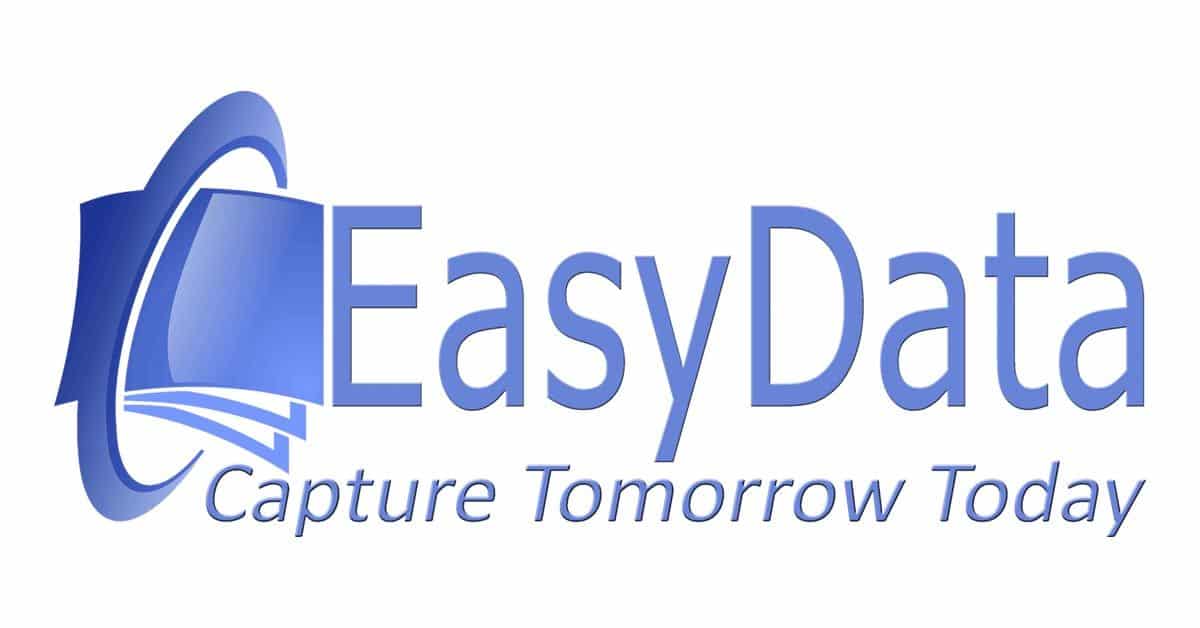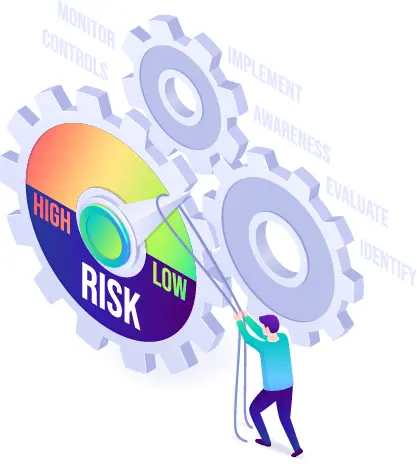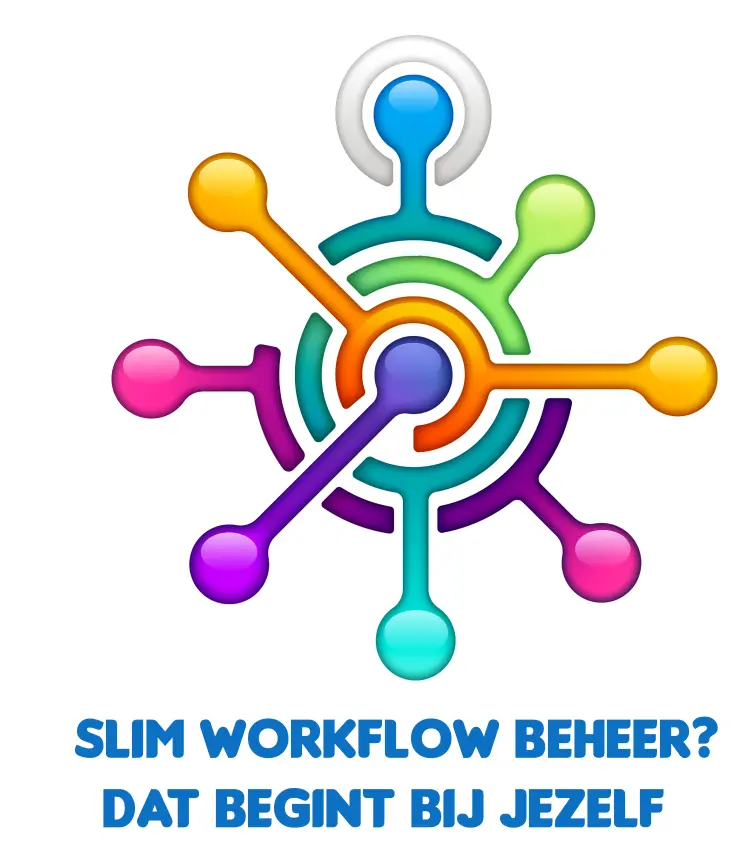Workflow Management, the Art of Controlled Improvement

Workflow Management—What Exactly Is It?
Workflow Management oversees the steps required to automate tasks related to business processes. Let’s start by defining tasks that are suitable for workflow automation. Workflow Management is the art of identifying and then addressing tasks for further automation. These tasks targeted for automation must meet the requirements set by (Workflow) management. Once you’ve defined those tasks, the focus shifts to execution. Workflow automation is the next step, which comes into play once the tasks to be automated are clearly and understandably described. The actual implementation of workflow automation will not be covered in this article.
How Do You Implement Workflow Management?
By the time you reach this part of the article, we agree: Workflow Management guides both the technology and the executors in an inspiring way to achieve process optimization. The goal is to ensure workflows run efficiently and effectively. By the end of the managed process, this ensures that existing workflows are well-automated. It’s also important to consider improvements from the very beginning where necessary!
As a golden rule, keep this in mind when defining tasks and motivating your colleagues internally: Automating existing tasks simultaneously improves your overall business processes. It helps customers because they receive faster service. And, of course, your colleagues—under a correctly implemented workflow management policy—will structurally spend less time executing their tasks. Eliminate pointless steps for your team! Such an action will resonate with every employee and enhance your stature as an effective manager!

Workflow Management Requires Continuous Optimization
Of course, that’s easier said than done. But what does this mean for you in the day-to-day practice of Workflow Management? We’ll give you a few concrete examples.
First, create a flowchart of the required steps, as illustrated on the left. Document everything that needs to be done and who is responsible for each step—and no, that’s not you as the workflow automation manager. At EasyData, we firmly believe that micromanaging automation projects is not a good idea.
Your Flowcharts Matter
Refine your flowcharts in collaboration with your colleagues to maintain clarity about where the organization is headed. As mentioned, improving your workflow is a continuous process, and you want to eliminate confusion among the team. Any ambiguities in the automation process will simply prevent you from achieving the desired results.
Focus on Clear Communication
The key, as often is the case, is communication. Foster an open communication culture within your workflow automation team. Ensure team members regularly share updates, ask questions, and collaborate effectively. Use tools that help track work processes, updates, and discussions.

Workflow Management Tools
That’s a real concern—just Google “workflow management software,” and a world of tools will unfold before you. It might sound a bit odd coming from EasyData, a software company ourselves, but we believe you should be cautious with tools. They don’t always help. Many available workflow management tools require significant attention and understanding before you can use them effectively. At that point, they stop being helpful and instead become a problem in themselves. And that’s exactly what you don’t want—as a manager, you’re hired to solve problems, not make them worse.
Start with an Excel template. With something like Excel, you gain more control over your projects and activities using a standard application. Thanks to their quantitative design, spreadsheets are a great tool for tracking data-heavy statistics. A quick online search will turn up all kinds of templates—some free, some paid. The key is first finding a practical way into Workflow Management.
How do you create a KPI dashboard for tracking progress or a timeline template? Start by organizing tasks visually in one place.

Your Workflow Management Benefits at a Glance:
-
Clarity in Processes: Workflow software brings structure and transparency to your existing processes through standardized procedures.
-
Standardized Tasks with Prioritization: Defined priorities lead to clear, efficient workflows.
-
Process-Driven Mindset: Automation naturally guides you and your colleagues toward process-oriented actions.
-
Fewer Errors & Reduced Backlog: Applied workflow automation minimizes mistakes and eliminates overdue work.
-
Exception Handling: Workflows define the best approach for resolving exceptions.
-
Cross-Team Visibility: Gain insights across teams—whether working remotely or in-office.
-
Customer Engagement: Enhance client involvement by granting access to order processing workflows.
-
Flexible Deployment: Cloud-based or on-premises—EasyData gives you the freedom to choose.
-
Adaptability: Scalable software that evolves with your changing needs.
-
Compliance Ready: Meet growing demands in data management (e.g., GDPR) and process administration.
Workflow Software & EasyData’s Added Value
Classifying documents and extracting critical data is in our DNA. From this foundation, we build automated workflows that integrate seamlessly with your existing procedures.
For your organization, nothing changes—except that your current processes gain a structured, automated framework. This approach avoids the pitfalls of “forced automation,” which often leaves employees frustrated. Instead, it delivers:
-
Stronger Process Control
-
Higher Quality Outputs
-
Cost Savings
-
A More Enjoyable Work Experience
This is the process we’re proud to support—with step-by-step guidance to ensure your success.

Why Workflow Management is a Smart Choice
Workflow software is your key to clarity—directly translating into a visible reduction in effort. In this article, we explain how workflow software drives savings and boosts workplace satisfaction. Contrary to what you might expect with workflow management, there’s no need for complex consultancy projects.
Nor does workflow management require heavy upfront investment to deliver measurable efficiency gains.
How does it work? We’ll break it down step by step, focusing on Information Workflow Software—our area of expertise. That doesn’t mean this article isn’t relevant for, say, contractors. The foundation of workflow management lies in collaboration. Workflow software doesn’t operate in isolation—success starts with teamwork and integration.
Automating Document Workflows
It begins with mapping your process—and we’ll keep it simple. The first question: What kind of information is coming in?
-
An email?
-
Website text?
-
A database record?
-
A PDF?
-
Or another type of data?
Next, focus on the content itself. What information drives the workflow? For example:
-
An online order follows a different path than a damaged return.
These are practical examples anyone can relate to, but the real-life scenarios in your organization are what truly matter. Workflow management starts by identifying them.
Once you’ve defined these steps, the next phase begins: placing them in the right stage of the process. After completing this, you’re ready to implement workflow software!
What’s the Goal?
A document workflow is a standardized method embedded in workflow software. By structuring your processes this way, you automatically create transparent, repeatable business operations. Each process gets its own defined workflow within the software.
With automated workflows, you’ll work more purposefully—eliminating guesswork, reducing errors, and freeing up time for what really matters.

Workflow Software in the Cloud
As highlighted earlier, workflow management focuses on organizing your organization’s information effectively and efficiently. However, the complexity of data and individual processes (workflows) grows daily. A valid question arises: How do you find time amidst daily priorities and decisions to delve into workflow automation?
This is where our technology steps in—demonstrating its practical value during your evaluation phase. We’re confident our workflow management approach will serve you better. The fastest way to align? Leverage our Cloud-based Workflow technology.
Focus on Your Document Workflow
Imagine still handling printed documents—orders, invoices, logistics data—requiring manual, repetitive, and time-consuming processes. These are prime candidates for Workflow Automation. Why? EasyData has extensive experience in this field and understands every organization has unique workflow needs.
To make automation manageable and drive organizational adoption, we start by tackling your existing manual, time-intensive, and error-prone Document Workflows.
Digital Workflows
Already paperless? Then your Digital Workflow takes center stage—no scanning or conversion needed. Think:
-
Automating order processing with instant invoicing.
-
Tracking progress via interactive dashboards, integrating other administrative processes seamlessly.
Workflow automation also extends to:
-
Lead generation
-
Email marketing (Marketing Automation)
-
And countless other business processes—the possibilities are endless!
Workflow Software = Automation
With Cloud-based Workflow, you instantly gain access to an interactive environment where you can onboard customers, suppliers, and external partners. Choosing EasyData Workflow Management unlocks automation at a higher level.
This “higher level” includes Machine Learning models we implement to optimize your processes into streamlined workflows. Our approach is ideal for transforming document-based business processes into operations that are:
✔ More effective
✔ Cost-saving
✔ Less error-prone
Want to experience it firsthand or schedule a demo?
Contact us today!



